While studying abroad for the semester in Tuscany, Italy, I traveled to various regions and have had the opportunity to sample many different kinds of unique food. The customs that surround mealtimes, however, remain the same throughout the country, regardless of the area.
At first I found some cultural traditions regarding dinner odd. However, I now realize there is much we can learn from this pasta-loving culture. Here is what I have picked up so far:
Simple is best
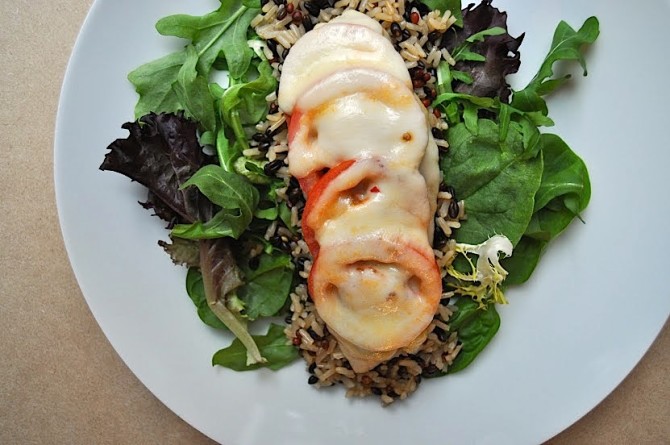
Photo by Megan Prendergast
In the United States, we have a tendency to want to impress our guests with the most lavish dishes. While this is a way to ensure a memorable meal, it can often lead to unnecessary stress.
The Italians are all about no-fuss food. They use few ingredients of the highest quality and are able to put together incredible, simple dishes.
A good example of this is the ubiquitous Caprese. With just tomatoes, basil, mozzarella and quality olive oil, they create a fresh and delicious dish that everyone loves. This simple food preparation allows Italians to serve delicious food that they have time to enjoy with their guests.
Take your time
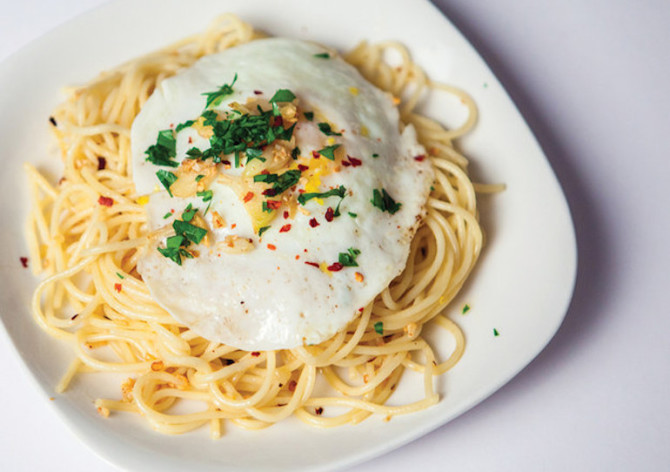
Photo by Daniel Schuleman
I am entirely guilty of rushing through dinner. Coming from the United States, I was accustomed to eating dinner within ten minutes. That is surely not the case here.
At first, I was astounded at the length of Italian dinners. They start late, often after 8 pm, and involve multiple courses and usually last around 2 hours. The more I participate in this customary dinner, the more I come to appreciate it. Italians do not treat dinner as a time to just fuel up, but rather it is a time to come together and enjoy one another’s company.
I have learned to slowly savor the pasta, fish, and meat dishes. Dinnertime is its own event here, not just a means to an end, which is just one reason why Italian food conquers all.
Ease into it
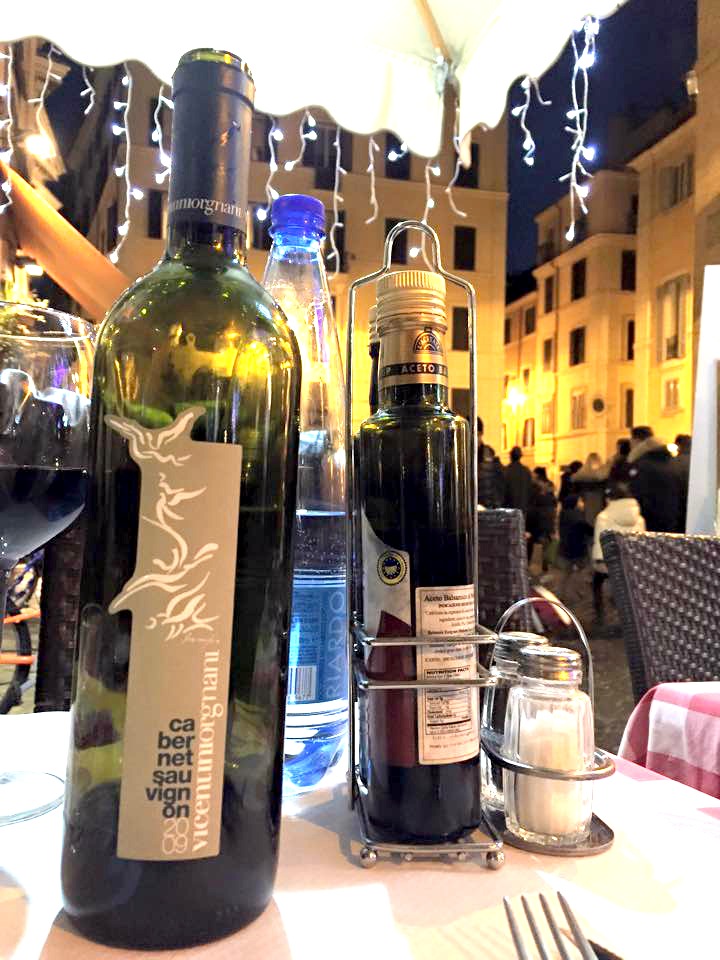
Photo by Shalayne Pulia
Since restaurants and households alike serve dinner at 8 pm or later, Italians often venture out to their local café or bar around 6 pm for a custom involving pre-dinner drinks called “aperitivo,” similar to our American happy hour.
During this time before dinner, groups gather at these meeting places and enjoy a glass of local wine or a cocktail. Many favor a drink called an Aperol Spritz, which has a mix of prosecco, a little fruit juice, and a splash of various liqueurs, including Aperol.
While groups sip their drinks, the bar or café at which they sit brings out trays and trays of little snacks – peanuts, mini sandwiches, chips, crackers, cheeses, meats, olives, and various other munchies − all free of charge.
Aperitivo encourages groups to come together even before their lengthy dinners and support local venues. All in all, it is an enjoyable and exciting way to ease into the evening.
Balance is key
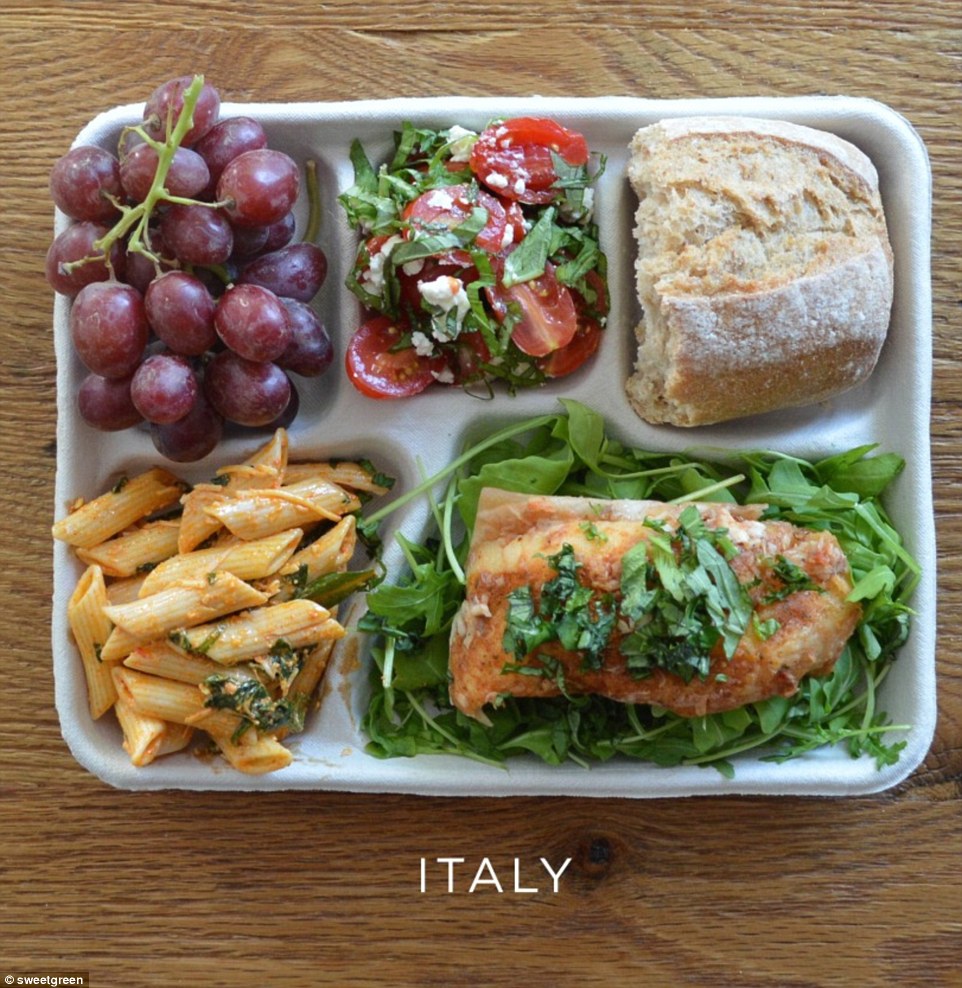
Photo courtesy of sweetgreen.com
Yes, the Italians love their pasta. Don’t we all? But their meals, especially dinner, consist of so much more than just carbs. Italian dinners are very balanced and typically include a small portion of pasta*, a fresh green salad, protein (typically beef, chicken, or fish) and vegetables, followed by a dessert of fresh seasonal fruit. While not all of these courses appear at every meal, a typical Italian dinner follows a rather formulaic structure.
In this way, Italians are able to eat everything that they love, but they do it in moderation, and are able to obtain all the vitamins and nutrients necessary to maintain a healthful diet.
*Small is the key word here. A typical Italian serving of pasta is about the size of one’s palm. Italy is a land of unspoken pasta rules; be sure to read up on them before traveling to this foodie heaven.
TV dinners are a no-go
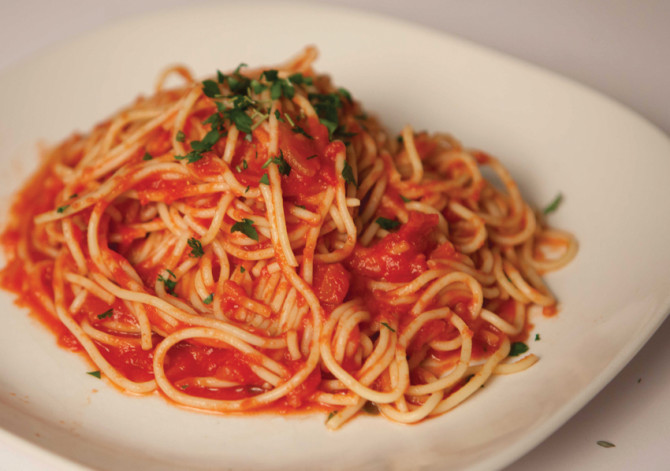
Photo by Shannon Keene
In Italy, dinnertime is a sacred family affair. This is one time of the day that families put aside all other tasks and worries in order to come together to share a lengthy, stress-free, distraction-free meal. No matter what families may have going on, they make coming together at dinnertime a top priority.
By making dinner such an integral part of their day, Italians ensure that they can reconnect as a family. Among other food laws, dinnertime is one part of the day that Italians do not mess with.
Additionally, putting together dinner is not a one-man show. In Italy, everyone pitches in when making dinner, whether it be slicing vegetables or cleaning the pots and pans after the meal is complete. This team effort ensures that the nighttime meal is an enjoyable experience for everyone, and one that brings the family together in a collective effort.
There is a reason for the season

Photo by Kevin Dang
Until coming to Italy, I did not realize how powerful the concept of eating seasonally is.
I go to my local market here in Tuscany nearly every day. Since I have been here, the produce available has completely changed. When I first arrived, the market was bursting with peaches, watermelon, light green lettuces, and citrus. Now that fall is in full swing, I see kale, apples, squash, and potatoes lining the shelf. If you can’t travel to Italy? You can find all the winter fruits and vegetables that you can’t miss in US markets here.
As the seasons transition from warm to cold, the produce that can be grown locally drastically changes. Italians do not import out-of-season vegetables in order to have access to them; rather, they depend on the land to give them different types of produce throughout different parts of the year.
This benefits Italian dinners in many ways. For one, the produce is always incredibly fresh since it is all grown locally; prime produce makes all the difference in meals. It also allows for a variety of different dishes to be incorporated into the Italian diet. They cook based on what is available; summer dishes differ drastically from fall and winter dishes. Eating seasonally has tons of benefits, and is a practical approach to food and cooking for people from around the globe.
Not only will I bring back pounds of salami and plentiful bottles of olive oil, but I will also bring back these awesome dinner customs.

